Cat Down Syndrome - Can Cats Have It?
27.12.2021.
A common question vets get from worried cat owners is - “Can cats have Down syndrome?” Cat owners notice unusual facial and body features their cats develop and get worried. Luckily, the answer to that question is - NO, cats can’t get or develop Down syndrome. If you are worried about your cat’s health, stick with us a bit, and we will let you know what to look for and why cats can’t have Down syndrome.
What is Down syndrome?
The first thing we need to understand is what exactly is Down syndrome. According to the National Down Syndrome Society, it is a
“...the nucleus of each cell contains 23 pairs of chromosomes, half of which are inherited from each parent. Down syndrome occurs when an individual has a full or partial extra copy of chromosome 21.”
This is fairly common in the US, and according to national statistics, 1 in 700 newborns have Down syndrome. The additional full or partial chromosome will be responsible for specific body features a person with Down syndrome will develop. Some of those things are;
- Small stature
- Low muscle tone
- Upward slant to the eyes
- Single deep crease across the center of the palm
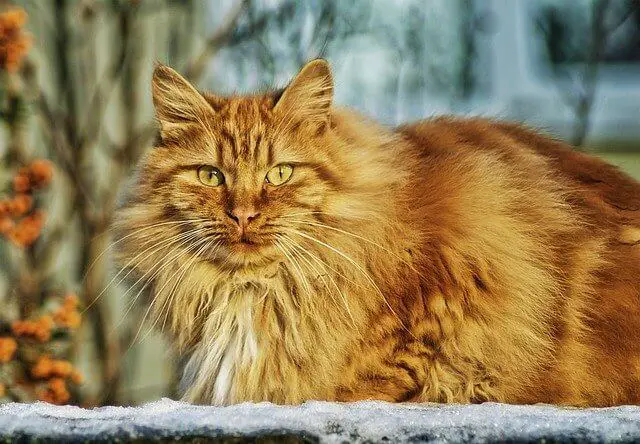
However, people with Down syndrome are individuals that can have various degrees of these characteristics. Some might even have Down but develop none of the characteristics.
Why can’t cats develop Down syndrome?
Cats can’t have Down syndrome because they don’t have 23 pairs of chromosomes like humans do. Cats have 19 pairs, which makes having a full or partial copy of the 21st chromosome pair impossible. However, just because cats have fewer chromosome pairs doesn’t mean they can’t get extra chromosomes.
What does extra chromosome in cats mean?
Genes are incredibly complicated. Even with all the advancements in science, medicine, and veterinary medicine, we still don’t know why this improper copying of chromosomes happens. Nevertheless, these things happen in the feline kingdom, and cats occasionally get an extra chromosome. If that happens, the cat will develop something that resembles the Klinefelter syndrome in humans.
What is Klinefelter syndrome?
Klinefelter syndrome is a genetic condition that causes male humans to be born with an extra pair of the X chromosome. The extra chromosome will affect testicular development and certain body features. Human males will have lower muscle tone, enlarged breast tissue, and will produce less testosterone. However, in cats, this extra chromosome will affect the cat’s coat color. Male cats might develop calico or tortoiseshell coat patterns, which are primarily seen in female cats.
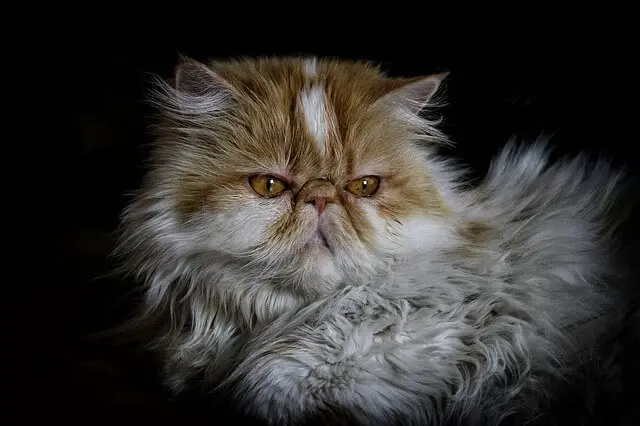
Conditions that might cause Down syndrome-like symptoms
The same thing happens with other animals, like dogs. Different conditions might cause a dog to develop body features that resemble human Down syndrome. The most common one is hydrocephalus. In cats, different conditions will cause cats to develop certain features that might make you think your cat has Down syndrome. Here are those conditions;
Head trauma
This is one of the most common reasons cat owners think their cats have Down syndrome. If a cat or a kitten survived a severe head trauma, they might develop neurological disorders that will resemble features of human Down syndrome. That trauma can even happen while the kitten grows in its mother’s belly.
Toxins
If a cat is exposed to toxins while carrying kittens, those toxins can cause developmental abnormalities in kittens. Some might even affect facial development, which can cause slanted eyes, low muscle tone, and small stature. However, that is not Down syndrome in cats. The affected kitten’s chromosomes are not duplicated improperly.
Feline panleukopenia
Feline panleukopenia is a highly contagious virus, like parvo. If a kitten was exposed to it in utero, the virus could cause developmental abnormalities. The kittens will have cerebellum issues, which will affect their movement and cause them to shake. It can also cause deformities of the kitten’s face and limbs.
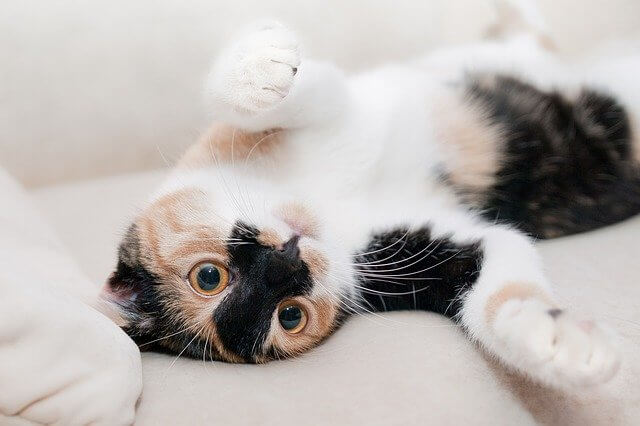
Cerebellar hypoplasia
Cerebellar hypoplasia is a condition that is caused by improper cerebellum development in kittens. It will have a similar effect as being exposed to feline panleukopenia. The kitten might develop congenital syndromes, metabolic disorders, and neurodegenerative disorders, making its owners think the kitten has Down syndrome.
Cat features
If you are not familiar with specific cat breeds, some typical, healthy breeds can seem to have features you might associate with Down syndrome. However, breeds like Persians or Oriental have unique facial features that might look Down syndrome-y. Here are some of the features that are entirely normal, but might worry cat owners;
- Flat or squished nose
- Saddened face (slanted eyes)
- Widely-placed eyes
Some of these features are normal in cats. Some cats might be slightly different from their standard, but that doesn’t mean they have Down syndrome. In fact, stating so can be disrespectful to those who live with this condition.
What can I do if I think my cat has Down syndrome?
The first thing you should know is that Down syndrome is impossible in cats. However, it is possible your kitten or cat might need veterinary assistance. Call your vet and ask for their advice. Different conditions might cause Down syndrome-like features, and none of them should be taken lightly. It would be best to take your cat for an examination and see if you or your vet can do anything to help your cat.
World Cat Finder Team

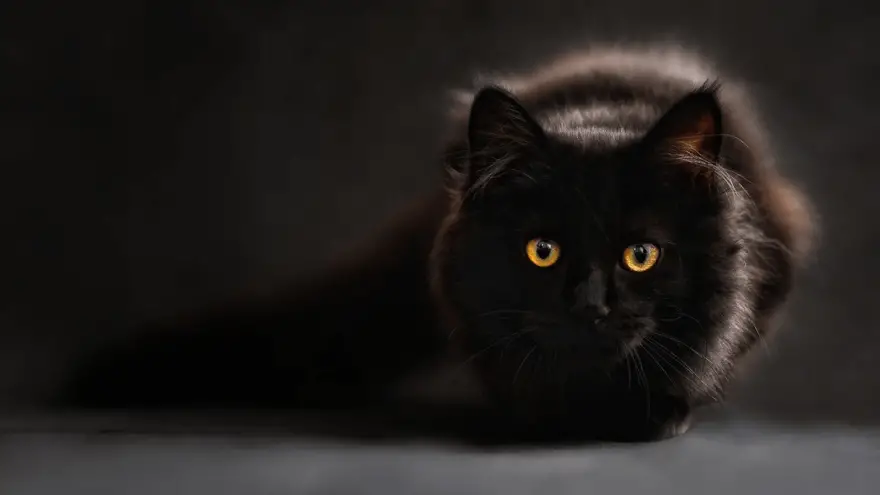
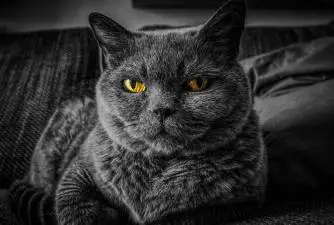
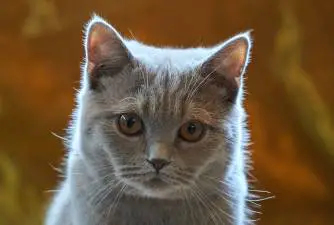

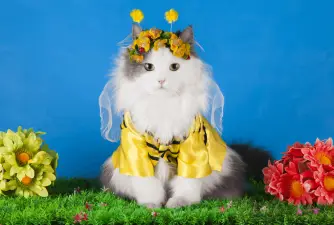

Share